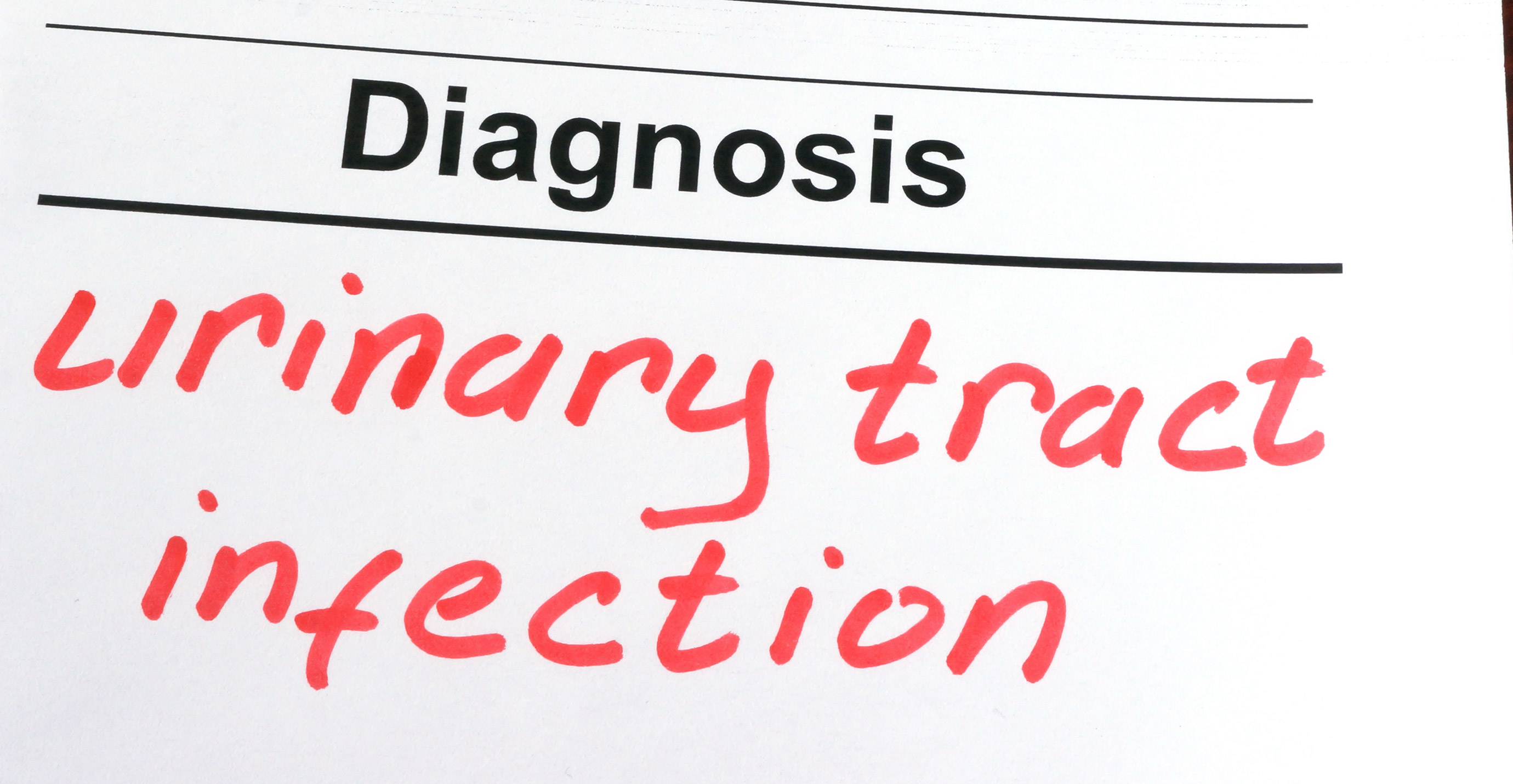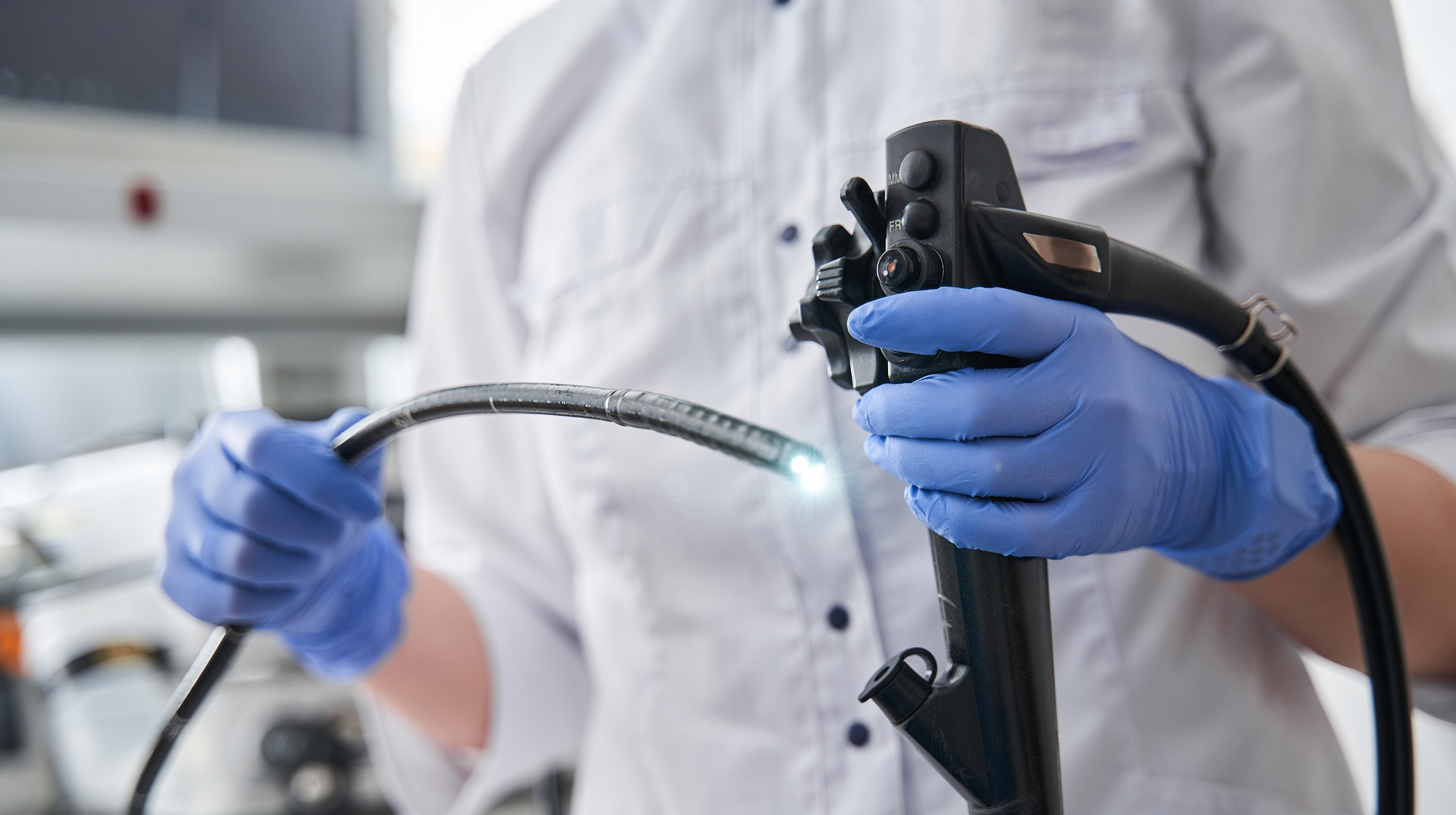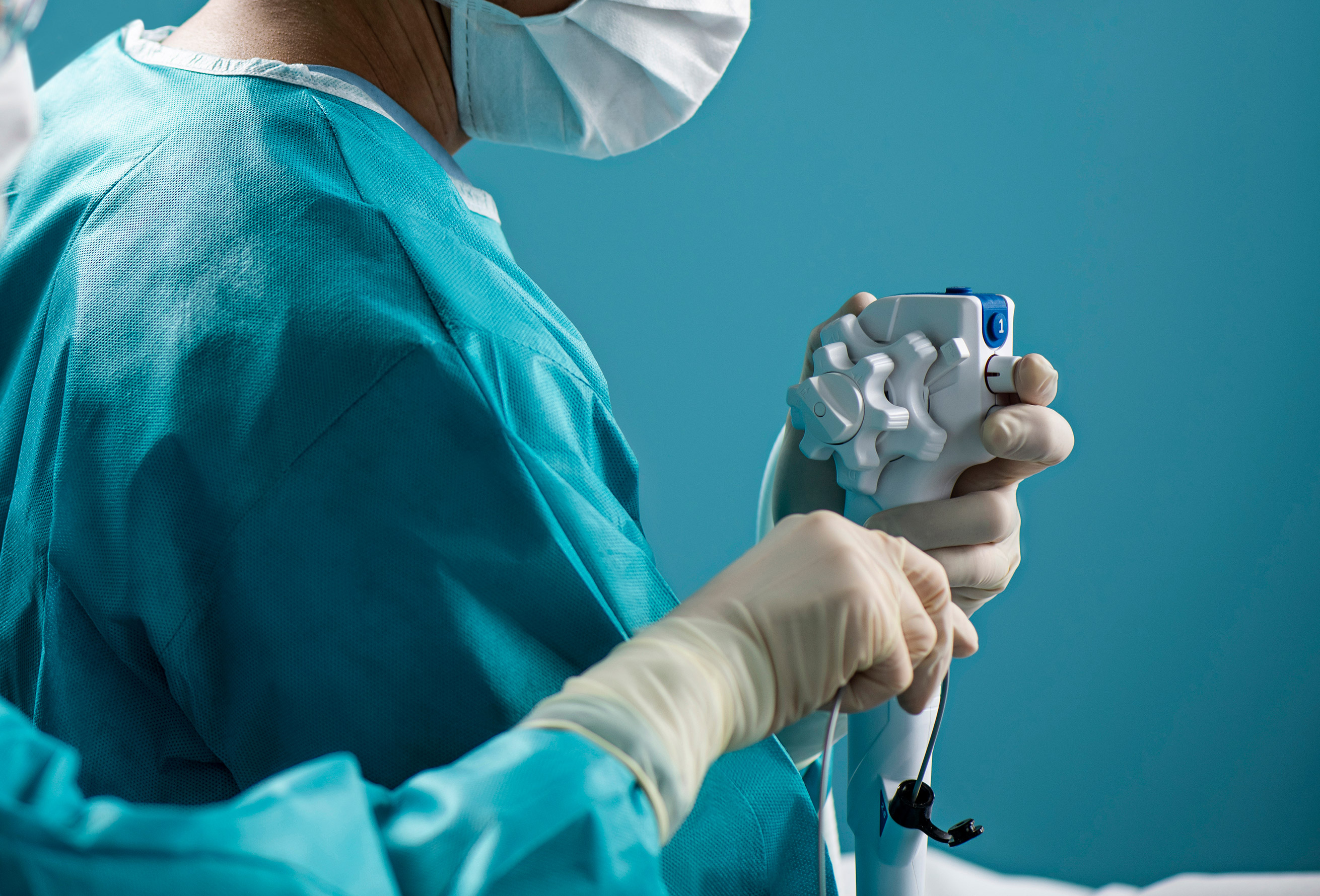
There’s little agreement about how common urinary tract infections (UTI) are following flexible cystoscopy.
The answer will vary based on what you read. This inconsistency leads to difficulty in determining the efficacy of antimicrobial prophylaxis, often given prior to flexible cystoscopy to reduce the risk of UTI.
A clinical report published by Oxford University Press on behalf of the American Society of Health-System Pharmacists says reported UTI rates range from 1 percent to 10 percent in literature and cites several examples of studies finding wide-ranging percentages.
This report, done at the Providence Veterans Affairs Medical Center in Rhode Island, sought to determine the rate of UTI following flexible cystoscopy with and without administering oral antimicrobial prophylaxis. It assessed 157 patients who received antimicrobial prophylaxis and 139 who did not prior to their procedures.
When given, 2.5 percent of patients developed a symptomatic UTI. Only 2.2 percent who did not receive it developed the infection. The number of days between the procedure and start of UTI treatment ranged from one to 18, with a mean of 7.9.
The “local findings of lower-than-anticipated UTI risk” led the VA’s urology service to stop using routine pre-cystoscopy antibiotic prophylaxis. The department performs approximately 800 procedures per year.
The Infectious Diseases Society of America and the American Urological Association both recommend pre-cystoscopy antibiotic prophylaxis to patients “with UTI risk factors.” The two organizations differ, however, on definitions of risk factors. That makes it difficult to determine how to implement the guidance.
A 2019 study presented in the American Journal of Infection Control detailed how a single damaged reusable cystoscope resulted in 11 patients presenting with Pseudomonas aeruginosa UTIs over a span of nine months. That report cited previous works with an even wider range of incidence of UTIs following flexible cystoscopy, between 2 and 21.2 percent.
A recent study in The Journal of Urology compared the effectiveness of sterilization against high-level disinfection in reusable flexible cystoscope reprocessing. The UTI rates utilizing both methods were below 1 percent.


